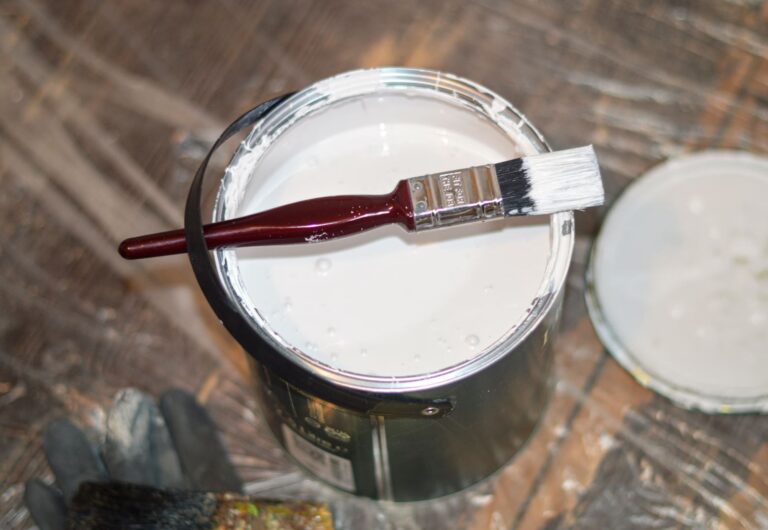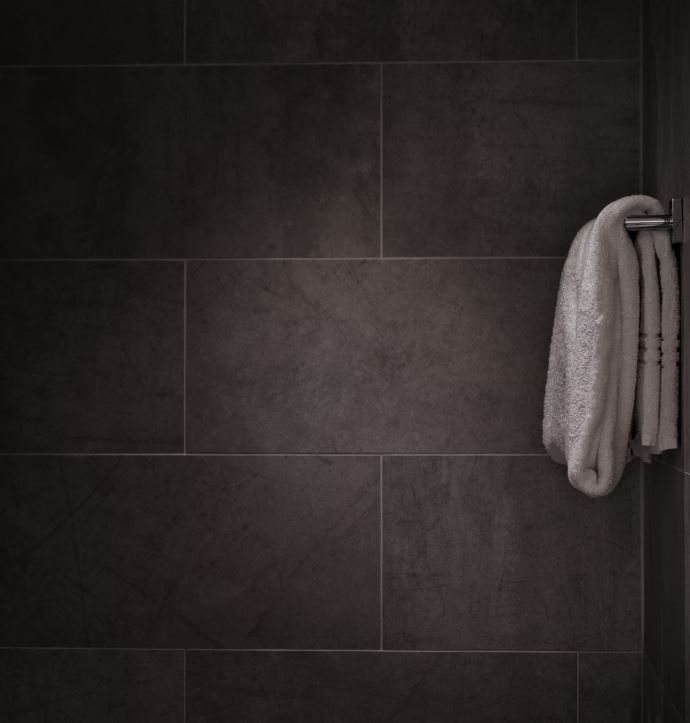Introduction: Tracing its origins back to the 19th century, the vacuum cleaner has evolved from a simple mechanical concept to an essential component of modern household cleaning. This remarkable evolution reflects not only technological advancements but also changing social attitudes towards domestic work. Let’s explore the history of the vacuum cleaner, examining its transformation and the innovations that have made it a household staple.
The Early Days of Vacuum Cleaners
- Manual Cleaning Devices: Before the advent of vacuum cleaners, cleaning floors was a laborious task, often involving manual sweepers. These devices were rudimentary, relying on brushes and dustpans, and required significant physical effort.
- First Motorized Vacuum: The turn of the 20th century brought a groundbreaking development: Hubert Cecil Booth, a British engineer, unveiled the first motorized vacuum cleaner in 1901. Known as the “Puffing Billy,” it was a large, petrol-powered machine, often transported by horses. Booth’s invention marked a significant leap from manual labor to mechanized cleaning, though it was impractical for average homes due to its size.
Advancements in the Early 20th Century
- Portable Vacuum Cleaners: The evolution of the vacuum cleaner accelerated with the creation of more portable models. In 1907, James Murray Spangler, an American janitor, invented a smaller, electric version, which was a precursor to the modern portable vacuum cleaner. His design caught the attention of William Hoover, leading to the birth of the renowned Hoover vacuum cleaner brand.
- Widespread Adoption: During the 1920s and 1930s, vacuum cleaners became a common fixture in households, particularly in the United States and Europe. This era saw significant improvements in design, making vacuum cleaners more affordable and efficient, thereby contributing to their widespread adoption.
Mid-20th Century Innovations
- Filter Bag Development: A key innovation in this period was the introduction of the disposable filter bag, a feature that greatly improved the functionality and hygiene of vacuum cleaners. This invention trapped dust and debris more effectively, making vacuum cleaners safer and more convenient to use.
- Upright Vacuums: The popularity of upright vacuum cleaners surged in the mid-20th century. These models, which were easier to handle and more effective on carpets, became the favored choice in many households. Their design allowed for more efficient cleaning, particularly for larger areas.
Modern Developments
- Cordless and Robot Vacuums: The late 20th and early 21st centuries marked a new era of innovation in vacuum cleaner technology. The introduction of cordless vacuums provided unparalleled convenience, freeing users from the constraints of power cords. Additionally, the advent of robot vacuum cleaners brought automation into home cleaning, offering hands-free operation and smart technology integration.
- HEPA Filters and Eco-Friendly Models: Modern vacuum cleaners are not only about convenience but also about health and environmental consciousness. High-Efficiency Particulate Air (HEPA) filters, which trap a high percentage of dust and allergens, have become standard in many models. Furthermore, the development of eco-friendly vacuum cleaners reflects a growing awareness of environmental sustainability.
The Impact of the Vacuum Cleaner
- Changes in Household Cleaning: The vacuum cleaner has revolutionized household cleaning, transforming it from a strenuous, time-consuming task to a more manageable chore. Its impact on efficiency and ease of cleaning is undeniable, significantly reducing the time and effort required for maintaining clean living spaces.
- Cultural and Social Impact: Beyond its functional role, the vacuum cleaner has influenced cultural and social norms. It has become a symbol of modern household convenience and has played a role in shaping attitudes towards domestic work and home management.
The development and rise of the upright vacuum cleaner model represent a significant milestone in the history of home cleaning technology. Initially, vacuum cleaners were bulky and cumbersome, making them challenging to maneuver and use in everyday home environments. However, the innovation and evolution of the upright vacuum cleaner changed that, offering a more practical and user-friendly solution.
Early Beginnings
- Origins: The upright vacuum cleaner’s origins trace back to the early 20th century. The initial designs were focused on creating a vacuum cleaner that was easier to handle and operate in the average household.
- Innovations: One of the earliest upright models was introduced by Hoover. Their design incorporated a bag, a motor, and a rotating brush system, which made it more effective at picking up dirt from carpets compared to previous non-motorized sweepers.
Advancements and Popularity
- Improvements: Over the years, the upright vacuum saw various improvements, including better suction power, more efficient dust filtration systems, and lighter materials for easier maneuverability.
- Widespread Adoption: The convenience and effectiveness of the upright design led to its widespread adoption in households. Its ability to stand upright and be stored easily contributed to its popularity.
Modern Upright Vacuums
- Technological Integration: Modern upright vacuums incorporate advanced technologies such as cyclonic suction, HEPA filters, and even automated height adjustment for different carpet types.
- Variety and Specialization: Today’s market offers a range of upright vacuums, from basic models for simple cleaning tasks to sophisticated ones with specialized attachments for various surfaces and corners.
Impact on Home Cleaning
- Ease of Use: The upright vacuum cleaner made home cleaning much more manageable, allowing for quick and effective floor cleaning.
- Influence on Home Design: The popularity of upright vacuums influenced home design as well, with storage spaces often designed to accommodate these cleaners.



